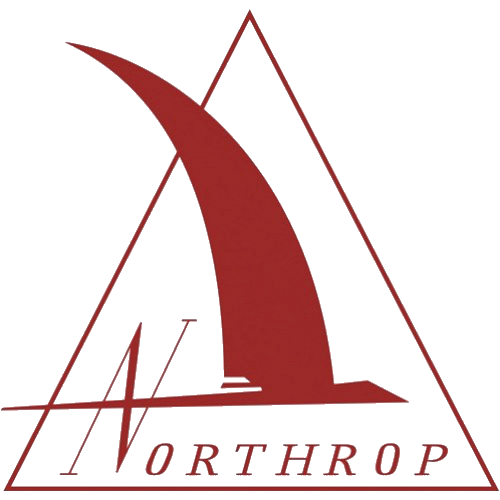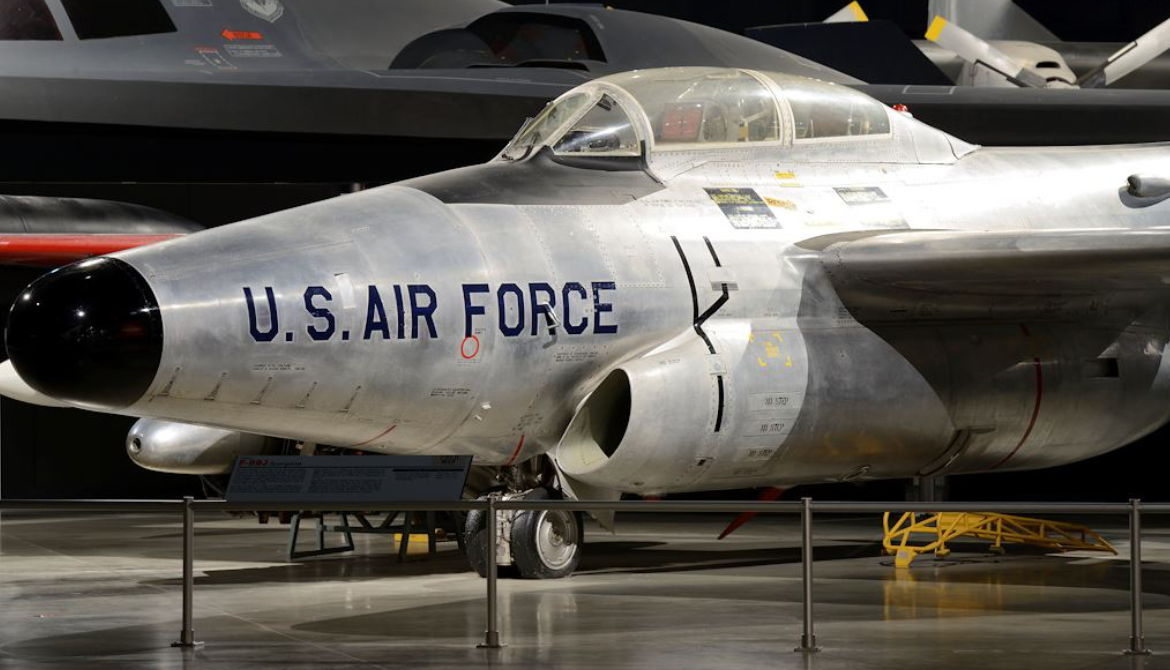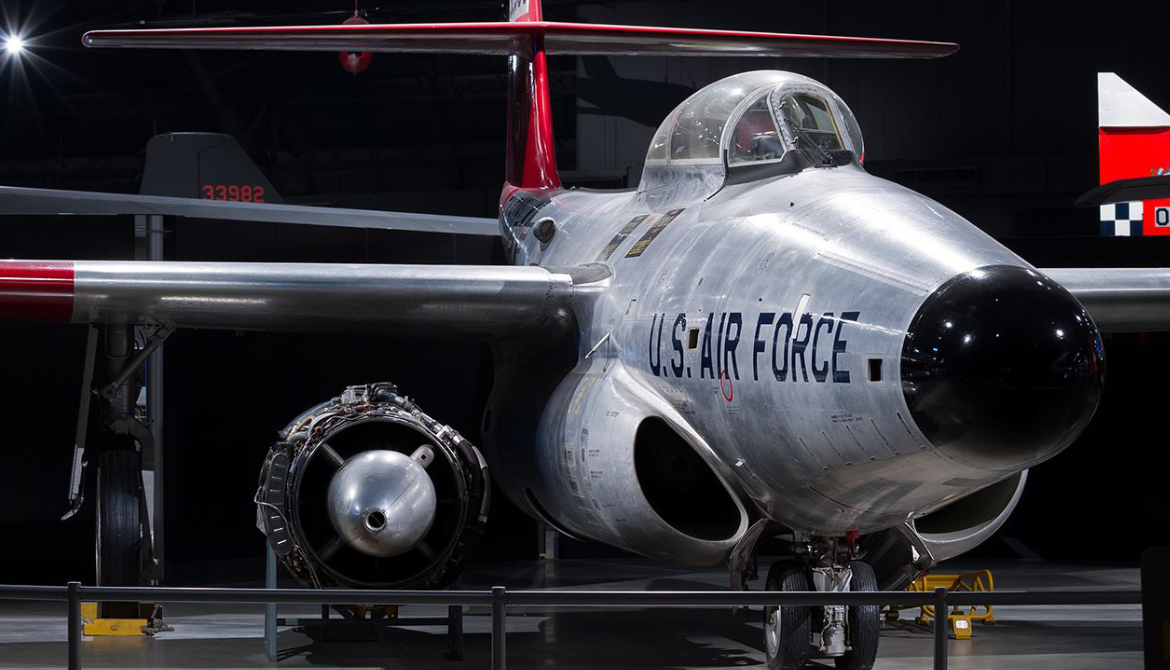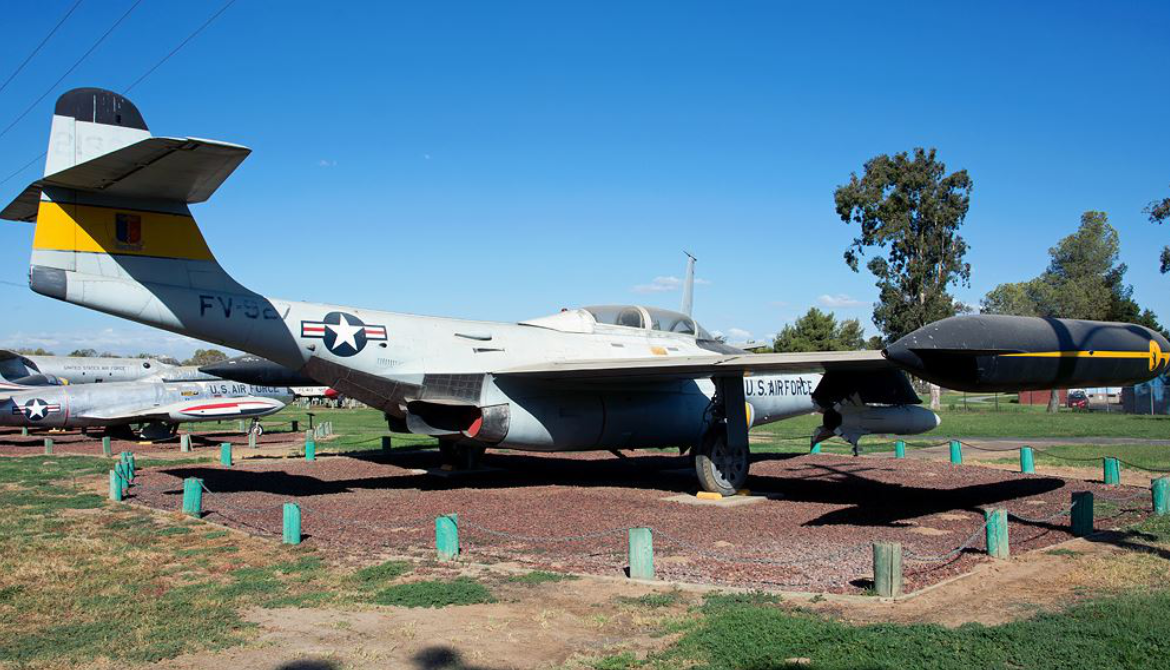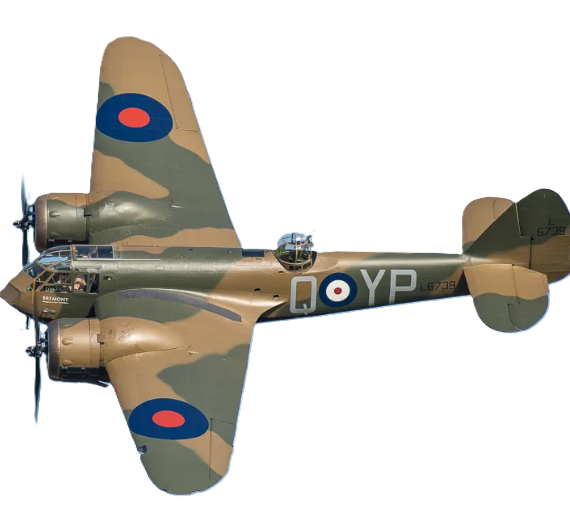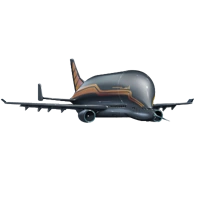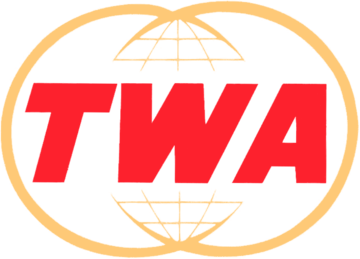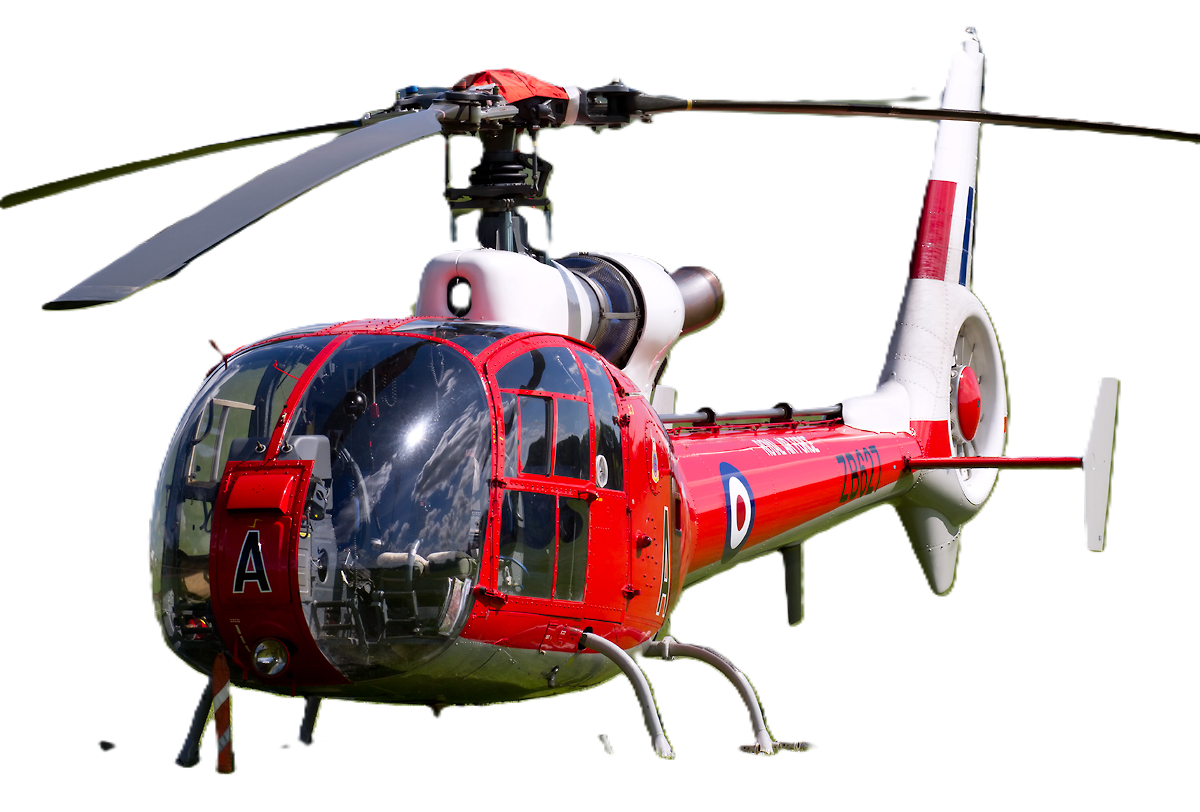Northrop Aerospace
F-89 Scorpion
 |
|
| Role | Interceptor |
|---|---|
| Manufacturer | Northrop Corporation |
| First flight | 16 August 1948 |
| Introduction | September 1950 |
| Retired | 1969 |
| Primary user | United States Air Force |
| Number built | 1,050 and 2 prototypes |
.
History
Northrop Aerospace
Northrop F-89 Scorpion
First flight 16 August 1948

The Northrop F-89 Scorpion is an all-weather, twin-engined interceptor aircraft designed and produced by the American aircraft manufacturer Northrop Corporation. It was the first jet-powered aircraft to be designed for the interceptor role from the outset to enter service,[1] as well as the first combat aircraft to be armed with air-to-air nuclear weapons in the form of the unguided Genie rocket. The name Scorpion came from the aircraft's elevated tail unit and high-mounted horizontal stabilizer, which kept it clear of the engine exhaust.[2]
The Scorpion was designed by Northrop in response to a specification issued by the United States Army Air Forces (USAAF) during August 1945. Internally designated as the N-24, it was originally designed with a relatively slim fuselage, buried Allison J35 turbojet engines, and a swept wing configuration, however, the unfavorable low speed characteristics of this wing led to its substitution for a relatively thin straight wing instead.
Operational history
[edit]
On 28 September 1950, the first F-89A was accepted by the Air Force for evaluation purposes; a further two aircraft were accepted by the end of the year. Two months later, the Air Force decided to give its endorsement to the programme, albeit with stringent conditions being applied. These included the remaining flight test programme being accelerated, special tests being performed upon early production aircraft to prove the flutter issue had been resolved, and a deadline of January 1951 was set for the final resolution of this issue. As a result of increased unit costs, in part due to modifications, the number of production aircraft on order was reduced somewhat. Production aircraft were equipped with the AN/APG-33 radar and an armament of six 20-millimeter T-31 cannon with 200 rounds per gun. The swiveling nose turret was abandoned, and 300-US-gallon (250 imp gal; 1,100 L) fuel tanks were permanently fitted to the wingtips. Underwing racks could carry 16 5-inch (130 mm) aerial rockets or up to 3,200 lb (1,451 kg) of bombs.
Only 18 F-89As were completed, all of which being delivered within FY1951; they were mainly used for tests and trials, seeing little operational use. They were soon upgraded to F-89B standard, being outfitted with new avionics.[27] During June 1951, the Scorpion entered service with the 84th Fighter-Interceptor Squadron. However, the F-89B experienced considerable problems with both the engines and other systems, resulting in its withdrawal from frontline duties during 1954. The improved F-89C had started to be introduced in September 1951, although the Air Force opted to halt allocations four months later due to issues. Despite repeated engine changes and other modifications, problems had persisted, compounded by the discovery of structural problems with the wings that led to the grounding of the F-89 and forced a refit of 194 -A, -B, and -C models. On 22 September 1952, all Scorpions, save for those involved in flight testing, were grounded until the following year. The F-89C left active service with the Air Force in 1954, it was operated by the Air National Guard as late as 19600
KmCeiling
0
KmCombat RANGE
0
MachAircraft Speed
0
Max Crew
Photo Gallery
Northrop Aerospace
Northrop F-89 Scorpion
First flight 16 August 1948

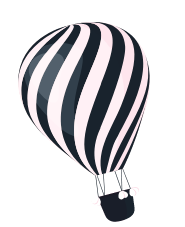
Northrop Aerospace
Northrop F-89 Scorpion
First flight 16 August 1948
General Info
-
- Crew: 2–3 (pilot, radar operator, optional gunner)
- Length: 49 ft 7 in (15.11 m)
- Wingspan: 66 ft 0 in (20.12 m)
- Height: 14 ft 8 in (4.47 m)
- Wing area: (61.535 m2)
- Empty weight: 23,450 lb (10,637 kg)
- Gross weight: 29,700 lb (13,472 kg)
- Max takeoff weight: 36,200 lb (16,420 kg)
Powerplant
-
- Powerplant: 2 × Pratt & Whitney R-2800-65W Double Wasp 18-cylinder air-cooled radial piston engines, 2,250 hp (1,680 kW) each
- Propellers: 4-bladed Curtiss Electric constant-speed feathering propellers, 12 ft 2 in (3.72 m) diameter
Performance
- Maximum speed: 366 mph (589 km/h, 318 kn) at 20,000 ft (6,100 m)
- Range: 1,350 mi (2,170 km, 1,170 nmi)
- Ferry range: 1,900 mi (3,100 km, 1,700 nmi) with four external fuel tanks
- Service ceiling: 33,100 ft (10,100 m)
Armament
- Guns: 4 × 20 mm (.79 in) Hispano AN/M2 cannon in ventral fuselage, 200 rounds per gun
- 4 × .50 in (12.7 mm) M2 Browning machine guns in remotely operated, full-traverse upper turret, 560 rpg
- Bombs: for ground attack, four bombs of up to 1,600 lb (726 kg) each or six 5-in (127 mm) HVAR unguided rockets could be carried under the wings. Some aircraft could also carry one 1,000 lb (454 kg) bomb under the fuselage.
.
Links to Youtube & Others
The origins of the Scorpion can be traced back to a United States Army Air Forces (USAAF) Air Technical Service Command specification ("Military Characteristics for All-Weather Fighting Aircraft") for a night fighter to replace the Northrop P-61 Black Widow.
Northrop
F-89 Scorpion
Northrop F-89 Scorpion - Discover the remarkable story of America's first purpose-built jet interceptor.
Youtube Link
From its revolutionary design in 1945 to its retirement in 1969, explore the technical innovations, nuclear capabilities, and historical significance of this legendary aircraft.
